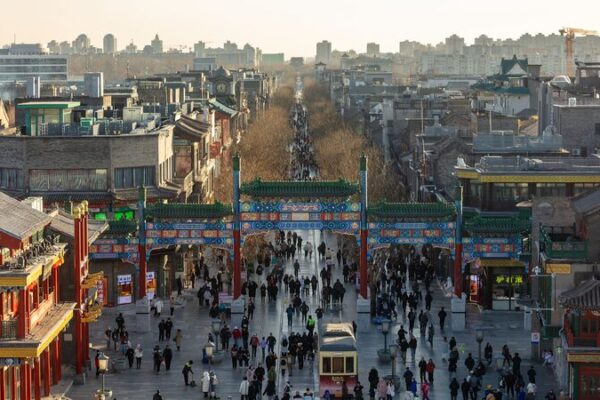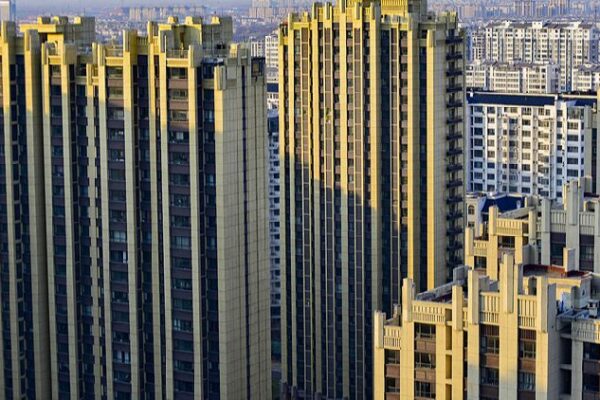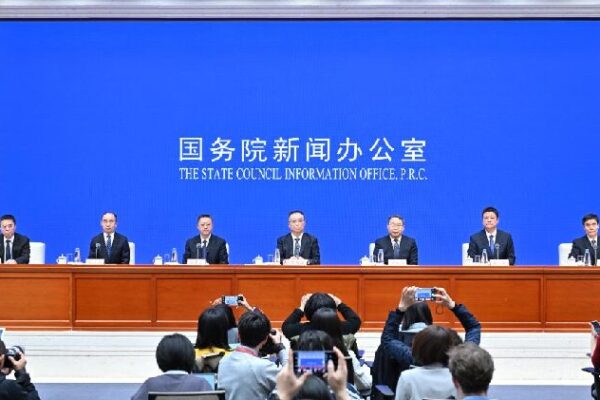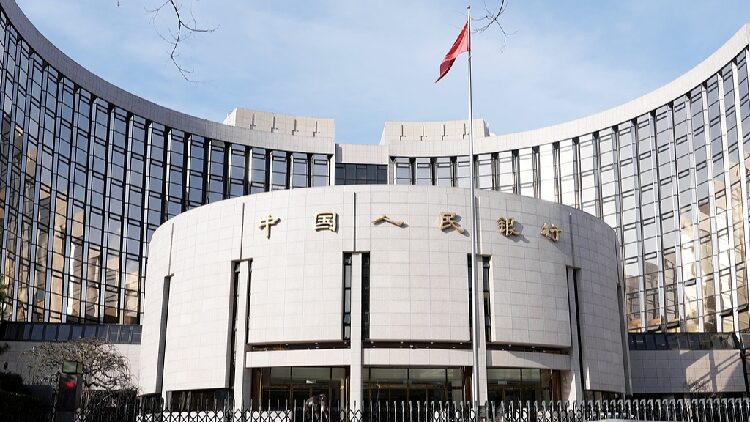China’s Real Estate Market Rebounds as Government Policies Boost Recovery
China’s real estate market is showing strong signs of recovery in 2024, thanks to targeted government policies aimed at stimulating growth and balancing supply and demand. The Chinese government’s commitment to the principle that “housing is for living in, not for speculation” has led to the implementation of precise measures tailored to local conditions.
Significant policy adjustments introduced on May 17 and October 17 have played a crucial role in revitalizing the market. These measures include cutting minimum down payment ratios, lowering mortgage rates, and optimizing housing provident fund policies. Such initiatives have not only incentivized people to purchase homes but have also increased investment in affordable rental housing, addressing the diverse needs of various groups and stabilizing market expectations.
At the Central Economic Work Conference held in December, further strategies were outlined to advance the renovation of urban shanty towns and dilapidated houses. The goal is to fully unleash the potential demand of individuals looking to buy their first homes or improve their housing conditions. Plans were announced to reasonably control the supply of new real estate land, utilize existing land resources effectively, and address the surplus of commercial and office properties.
These concerted efforts have led to a more balanced supply-demand relationship in the real estate market, with housing prices remaining relatively stable. According to data from the China Real Estate Information Corp., December saw a 15% month-on-month increase and a 17% year-on-year growth in the national transaction area of commodity housing across 30 key cities. The transaction volume also rose by 2% compared to December 2022, marking the highest level for the same period in nearly three years.
Looking ahead, there is considerable room for further recovery and development in China’s real estate sector. One area with vast potential is the government’s policy of repurchasing existing ordinary commercial housing and converting it into affordable housing. This initiative could make homeownership more accessible to young people and migrant workers by offering housing consumption vouchers to assist with down payments, with ownership shared between buyers and the government.
Moreover, the renovation of shanty towns and dilapidated houses not only enhances living conditions but also injects new demand into the real estate market. By creating safe, comfortable, and well-equipped living spaces, these projects provide residents with a better quality of life while invigorating the market.
Expanding the construction of improved housing can also restore market confidence and foster new growth drivers in the industry. The government is exploring flexible land supply strategies, promoting low-density residential developments on the outskirts of large cities and county towns. This approach preserves arable land and fosters a harmonious coexistence between humans and nature.
The stable and healthy development of the real estate market is closely tied to the overall macroeconomy. A thriving real estate sector can have a positive feedback effect, driving the prosperity of related industries, boosting employment, and stimulating economic growth. With ongoing policy optimization and further market recovery, China’s real estate market is poised for a healthier and more stable future.
Reference(s):
China real estate market recovers, policy adjustments deliver results
cgtn.com








